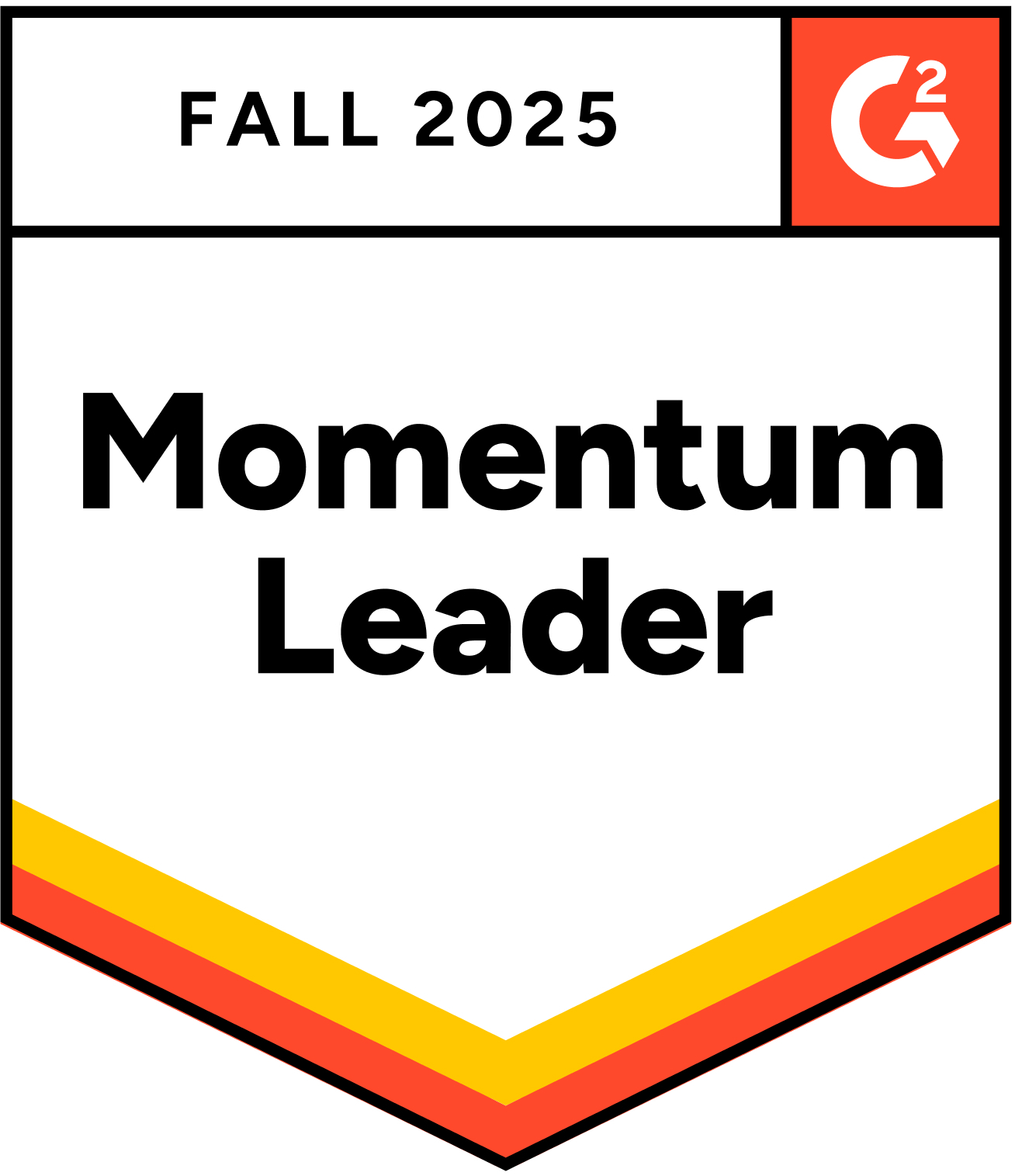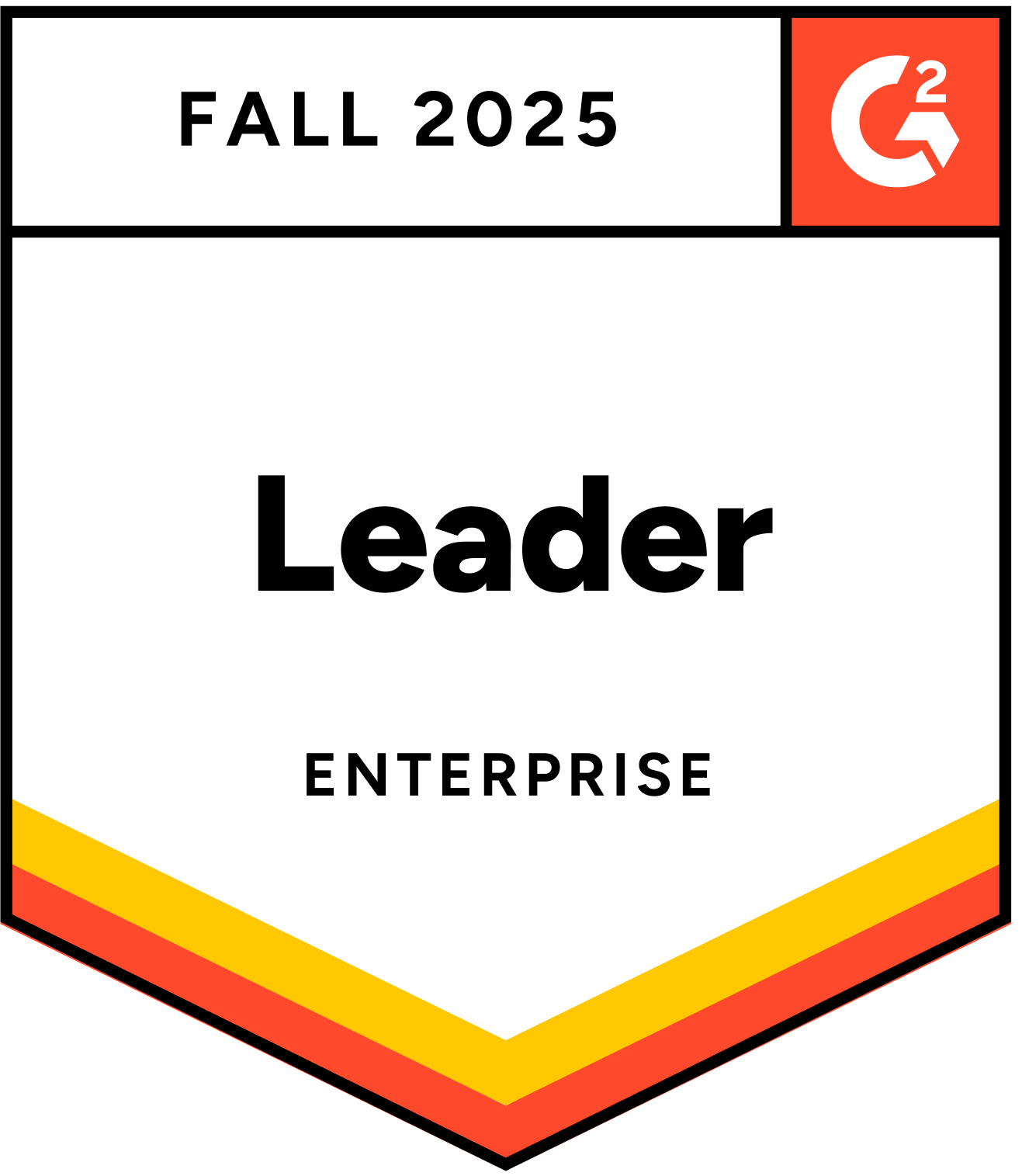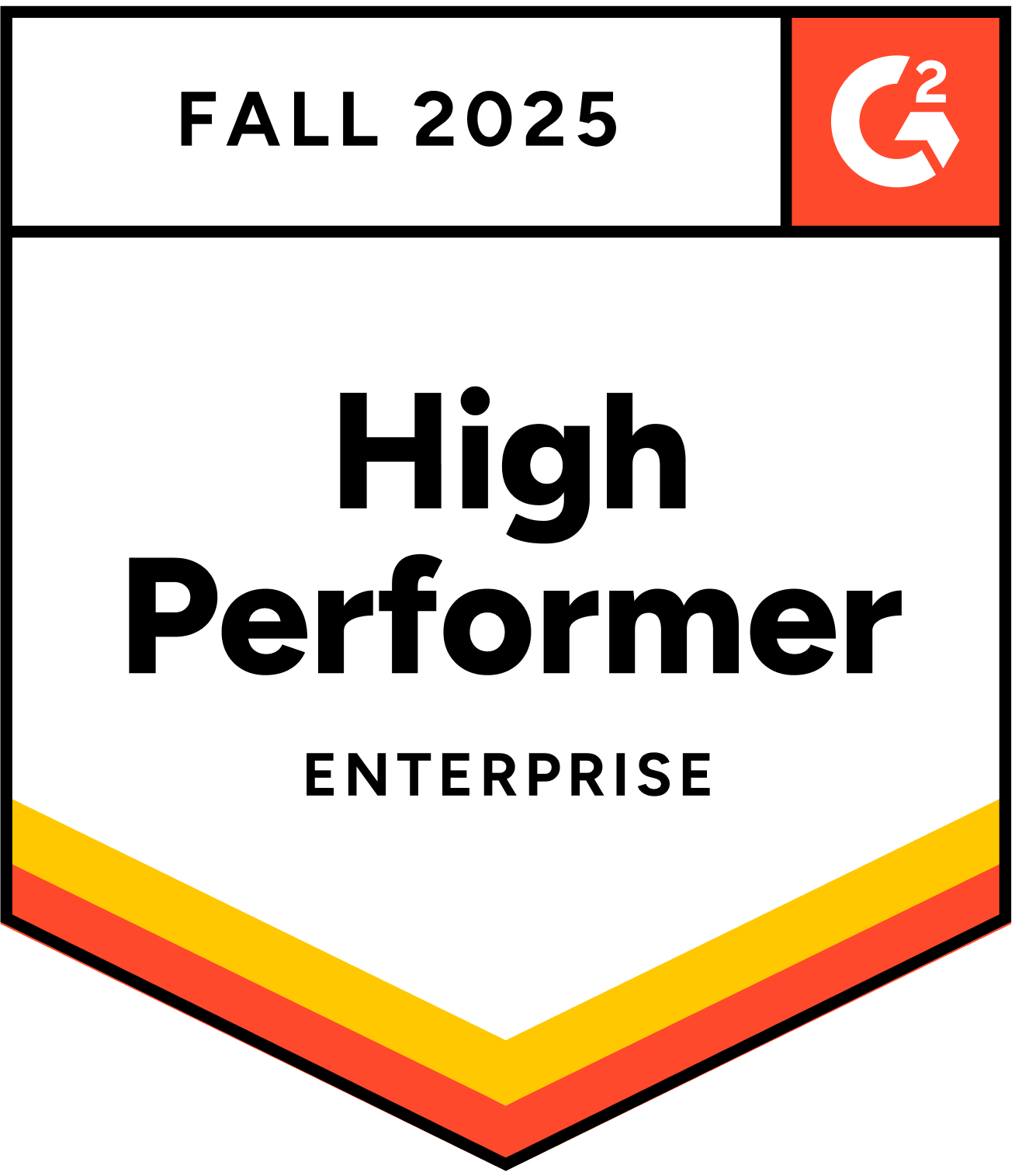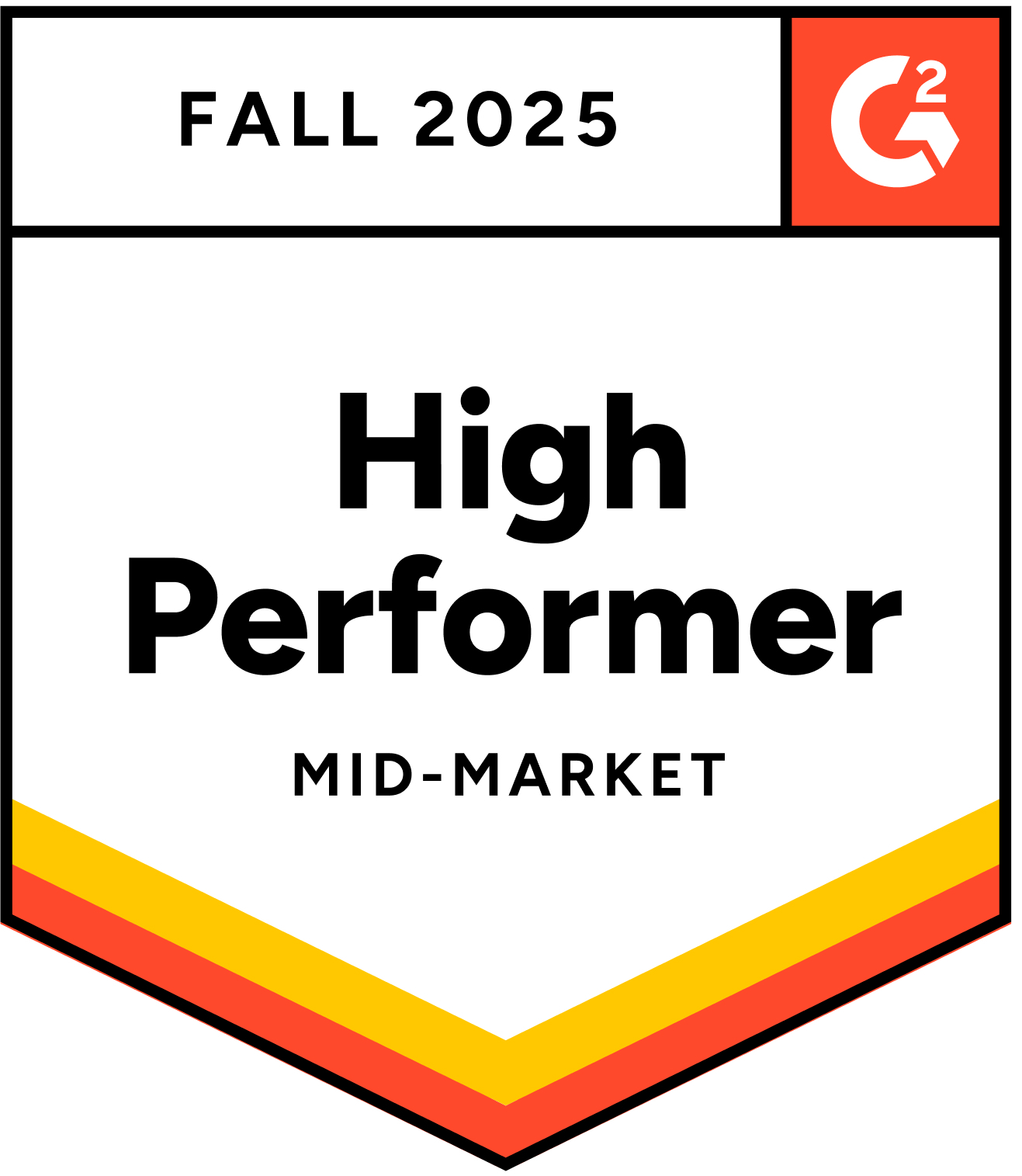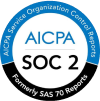Summary –
Micro-retirement is redefining career paths, especially among Gen Z and millennials. Instead of waiting until the end of their careers, professionals are taking intentional breaks to recharge, travel, or learn new skills. For employers, this shift signals the need to rethink retention, flexibility, and re-entry strategies in a workforce that values balance as much as ambition.
Micro-retirement refers to extended, intentional breaks from full-time work, typically six months to two years, taken periodically across a career, rather than waiting until retirement to pause.
It isn’t a sabbatical with a return plan or garden-leave granted by an employer. It’s a self-elected opt-out. Not time-off.
Once dismissed as a fringe idea, it’s now gaining ground among early-career professionals, especially Gen Z. As of 2025, over 10% of workers are considering a micro-retirement, and 75% believe employers should formalize unpaid sabbatical policies.
Why People Are Opting for Micro-Retirement
The shift is a response to structural dysfunction.
According to Gallup data, employee engagement in the US has sunk to a ten-year low, with only 31% of employees engaged. Among workers under 35, the decline is sharpest and marked by lack of role clarity, developmental stagnation, and disconnection from purpose.
For many, micro-retirement becomes a rational decision, a self-imposed reset when traditional performance management and cultural engagement mechanisms break down.
These breaks are often funded through savings, freelance work, or by living abroad in lower-cost regions while earning in stronger currencies. It makes micro-retirees difficult to track through traditional HR systems. That invisibility is part of the problem.
Who’s Leading the Movement? (Hint: It’s Not Who You Think)
While Gen Z drives the discourse, the most active micro-retirees tend to fall into two overlapping cohorts:
- Younger millennials (28–38) with stable earnings, now reassessing work’s role in their lives.
- Remote-first professionals and freelancers with portable skills in design, engineering, content, and product, whose portable skills make extended breaks viable.
Gen Z is normalizing the conversation via platforms like TikTok, Reddit, and LinkedIn but often lacks the financial buffer to fully commit. The behavior skews toward those with privilege, flexibility, and career optionality.
For TA leaders, the insight isn’t just who’s doing it, but who’s talking about it. Visibility reshapes expectations, even if behavior lags. Candidates may not pause now, but they’ll expect you to support them when they do.
Why Talent Acquisition Needs to Pay Attention
Micro-retirement challenges multiple assumptions baked into recruitment workflows:
- Resume gaps are seen as a red flag
- Linear career paths are treated as proof of commitment
- Being constantly available is viewed as a sign of reliability
Most ATS tools are built on these assumptions. They tend to filter out candidates who’ve taken time off. AI models often do the same. And when hiring pressure is high, recruiters fall back on quick signals that don’t always reflect real potential.
As micro-retirement becomes more common, resistance to non-linear resumes becomes a liability.
Recruiting Gen Z in the Age of Micro-Retirement
This generation’s only goal is not lifelong employment. They’re seeking high-impact, aligned sprints.
To engage them:
- Highlight return pathways and on-ramp programs for those re-entering the workforce
- Drop performative wellness perks and invest in real flexibility, even if unpaid
- Be transparent about whether you penalize gaps in screening
Micro-retirement doesn’t mean a lack of ambition. It often signals intentional career planning. The smartest companies are building pipelines, not closing doors.
Adapting TA Strategy: What Needs to Change
To build a future-ready hiring process, TA leaders must rethink more than screening. They must change how they handle career gaps and returning candidates.
- Audit your AI and ATS logic for gap bias:
Most AI tools penalize recency gaps by default, especially anything beyond 6–12 months. Work with vendors to retrain your models or layer in manual review workflows for flagged profiles. You can run bias simulations on current AI pipelines and track gap-triggered dropouts.
- Prioritize skills-based, time-agnostic evaluation:
Resume-driven screening favors continuity and pedigree. But micro-retirement doesn’t diminish capability. In fact, it may even enhance it through upskilling, travel, or entrepreneurship.
Tip: Bake project-based screening or mini-assessments into early funnel stages. Also make “recency-neutral” hiring a design principle.
- Build returner talent programs:
Think beyond passive alumni networks. Create opt-in databases for employees who leave intentionally with trackable exit reasons, skills gained during breaks, and re-entry interest timelines.
- Enable micro-retirement mobility within the org:
Don’t force great talent to exit just to rest. Pilot a “Pause-and-Return” policy with very clear re-entry guarantees. You’ll retain brand goodwill, and likely reabsorb talent without external poaching.
Rewrite the narrative internally and externally
Your job descriptions, employer branding, and internal comms all signal what you reward. If you don’t normalize breaks, you penalize them by omission. Gen Z watches for these cues. Use language like “career intervals welcome” or “skills > gaps” in job posts and consider highlighting success stories of returners in EVP messaging.
The Long-Term Impact on Talent Acquisition
Micro-retirement may still be niche in numbers, but it’s mainstream in narrative.
Ignore it and you will see rising friction: higher ghosting, lower offer acceptance, and evaporating pipelines. Embrace it, and you gain access to a skilled, refreshed, and underappreciated cohort of returners.
Follow Joveo on LinkedIn and X for game-changing insights and strategies to transform your hiring approach.



